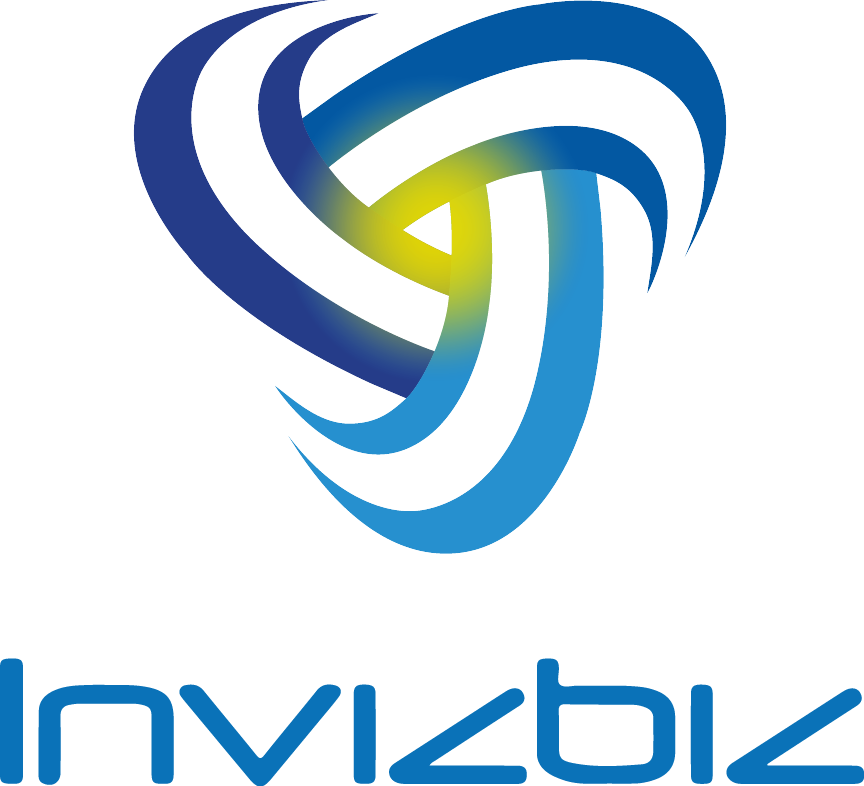It’s an ongoing process and an ongoing stress for many business owners.
So Cash Flow in a normal business model will typically have a significant number of expenses, depending on your payment terms, where you might execute the work and carry the costs until you have been paid. You’ve got both admin and execution staff production that you have to pay, and then you have to produce or deliver the service and then eventually you get paid. This is a standard business model.
You’ve got a lot of carrying costs. So for example, when you have staff in a conventional business model framework, their payments cannot be tied any way, shape or form, to the payments that you receive from your clients. So this puts pressure on your cash flow.
You can manage this as effectively as you can but if a client doesn’t pay you or for whatever reason your need for working capital increases there can be problems.
One of the things I love about the franchise model if it’s done correctly and it’s the approach which we use when we franchise is to make sure that the business operates in a very cash flow positive methodology.
As I’ve mentioned previously, as soon as you sell a franchise there’s a franchise fee which provides working capital which provides cash for you to expand in an area, to provide the training and to get that franchisee trained, operational and on the ground. So there’s no negative cash flow working capital needs from your business. You only need to execute when a franchise is sold. Plus you are cash flow positive. You can develop your marketing or technology systems more as each franchisee comes on board.
It’s a process to get on top of your cash flow. It takes time and many steps. Perhaps franchising is one such step that may help your business grow in a sustainable way with positive cash flow.
I have more cash flow tips coming to you next week so keep an eye out.

